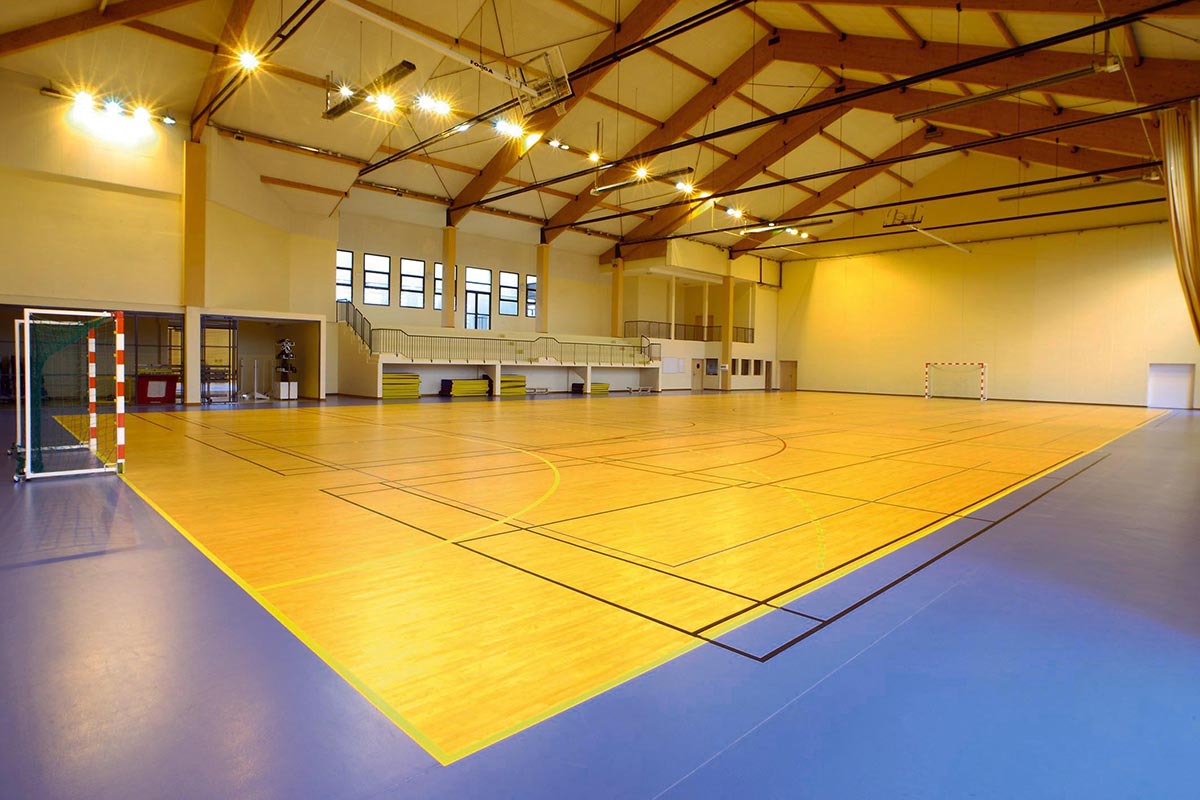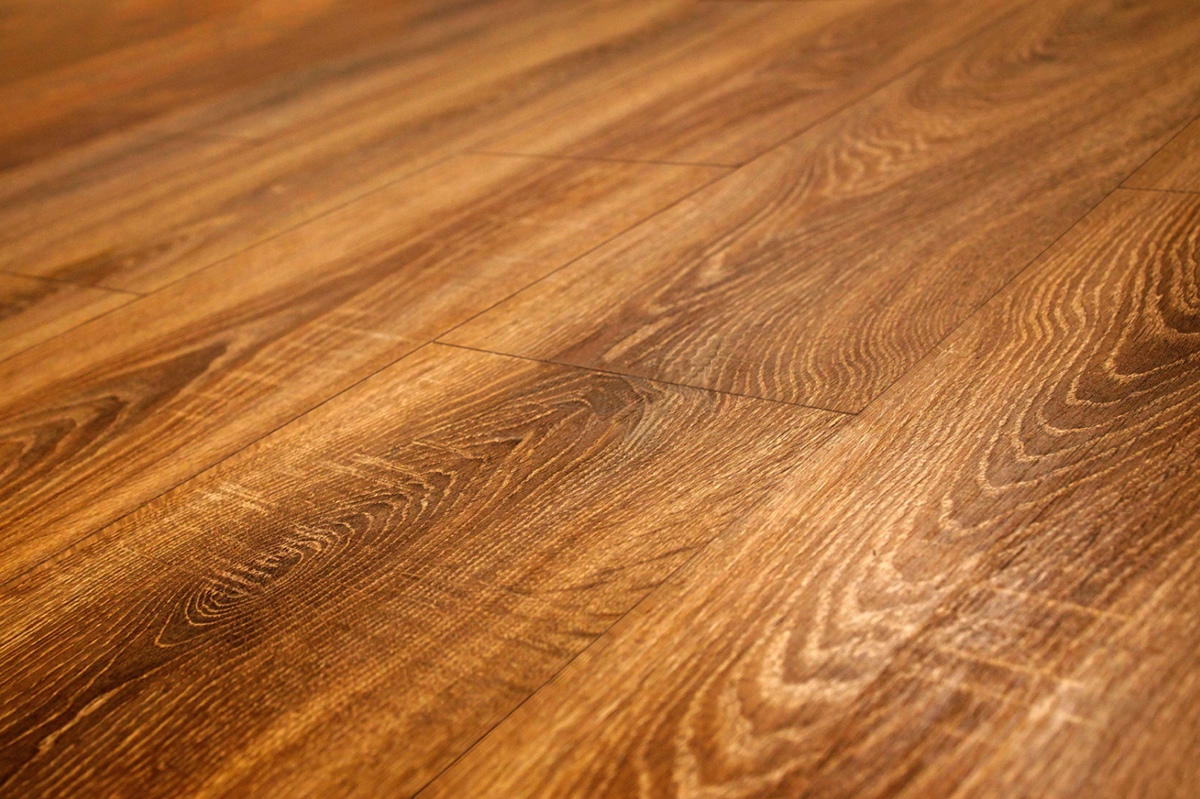Choosing flooring for schools is no small task—it needs to balance safety, durability, ease of maintenance, and even how well it fits the space’s purpose. A classroom’s ideal floor won’t work for a gym, and a cafeteria’s needs differ from a library’s. Let’s break down the best flooring options for key school spaces, so you can make choices that serve students, staff, and the school’s budget.
Classrooms: Durable, Comfortable, and Low-Maintenance
Classrooms see constant foot traffic, desk scrapes, art projects (hello, glue and paint!), and the occasional spilled water bottle. The best flooring here checks three boxes: tough enough to withstand daily wear, gentle on kids’ feet, and easy to clean.
▼ Top Picks:
• LVT (Luxury Vinyl Tile): A crowd favorite for modern classrooms. LVT mimics wood or stone but is 100% waterproof and scratch-resistant—perfect for messy art days or spilled snacks. It’s also soft underfoot (kinder to little knees during floor activities) and comes in warm, calming shades that boost focus.
• Engineered Hardwood: For schools wanting a more natural look without the upkeep of solid wood. Engineered hardwood resists warping from humidity (critical near windows) and can handle desk moves or chair scrapes. Opt for a matte finish to reduce glare from overhead lights, which helps students avoid eye strain.
Why Skip These? Solid wood (too prone to water damage) and carpet (traps dirt, allergens, and is hard to deep-clean after spills).
Gymnasiums & Athletic Spaces: Safety First, Performance Driven
Gyms are all about movement—basketball games, PE classes, assemblies—and the flooring must protect students from injuries while supporting activity. Shock absorption, slip resistance, and durability are non-negotiable.
▼ Top Picks:
• Rubber Flooring: The gold standard for athletic spaces. Rubber absorbs impact (reducing joint stress during jumps or falls) and offers excellent traction, even when wet (from water breaks or mopping). It’s also sound-dampening, which cuts down on echo during loud assemblies. Look for recycled rubber options for an eco-friendly twist.
• PVC Sports Flooring: Ideal for multi-purpose gyms that host both sports and events. PVC sports floors are flexible, easy to clean, and come in customizable colors (great for school spirit!). They’re also designed to “give” slightly underfoot, preventing slips while letting students run and pivot safely.
Why Skip These? Concrete (too hard—high injury risk) and tile (slippery when polished, no shock absorption).
Cafeterias & Dining Halls: Stain-Proof and Heavy-Duty
Cafeterias are chaos in the best way—hundreds of students eating, dropping food, and moving tables. Flooring here needs to repel stains, resist moisture, and stand up to heavy equipment (like food carts or stackable chairs).
▼ Top Picks:
• Homogeneous Vinyl Flooring: Seamless and ultra-durable, this vinyl is made of a single layer of material, so stains (ketchup, soda, grease) can’t seep in. It’s waterproof, easy to wipe clean with a damp mop, and holds up to constant foot traffic and cart wheels.
• Porcelain Tile (Matte Finish): Stain-resistant, scratch-proof, and practically indestructible. Matte porcelain avoids glare (important in bright cafeterias) and offers good traction, even with spilled milk. Choose large-format tiles to minimize grout lines—less space for crumbs to hide!
Why Skip These? Laminate (swells with moisture) and carpet (impossible to clean after food spills).
Libraries & Quiet Study Areas: Calm and Acoustic
Libraries thrive on quiet, so flooring here needs to reduce noise while feeling warm and inviting. Softness underfoot and sound absorption are key, paired with enough durability to handle book carts and student traffic.
▼ Top Picks:
• Engineered Hardwood with Underlayment: The natural warmth of wood creates a cozy, studious vibe, while an acoustic underlayment mutes footsteps and chair scrapes. It’s easy to clean (important for dusty book shelves) and ages gracefully, adding character to the space.
• Linoleum Flooring: A sustainable option made from natural materials (linseed oil, wood flour). Linoleum is soft, sound-dampening, and resistant to stains (great for accidental coffee spills on study tables). It comes in muted tones that complement library decor without distracting.
Why Skip These? Polished concrete (too loud and cold) and glossy tile (echoes and feels harsh).
Science Labs: Chemical-Resistant and Safe
Labs are high-risk zones—spilled acids, solvents, or water are daily possibilities. Flooring here must be chemical-resistant, waterproof, and seamless (to avoid trapping spills or bacteria).
▼ Top Picks:
• Epoxy Flooring: Impervious to most chemicals, oils, and water. Epoxy creates a smooth, seamless surface that’s easy to disinfect (critical for lab safety) and resists scratches from lab equipment. It also reflects light, brightening dark lab spaces.
• Vinyl Composition Tile (VCT): Budget-friendly and chemical-resistant, VCT is a staple in many school labs. It’s easy to replace if a section gets damaged (no need to redo the whole floor) and holds up to heavy lab tables and spills.
Why Skip These? Wood (chemicals eat through finishes) and carpet (absorbs hazardous spills).
Hallways & Entryways: High-Traffic Warriors
Hallways connect every part of the school, so they see more foot traffic than any other space—plus backpack scrapes, locker slams, and wet shoes from rain or snow. Flooring here needs to be ultra-durable and easy to maintain.
▼ Top Picks:
• Polished Concrete: Low-cost, long-lasting, and practically maintenance-free. Polished concrete resists scratches, stains, and moisture, and it reflects light to brighten dark hallways. Add a colored sealant to match the school’s branding!
• Porcelain Tile (Rectified Edge): Thick, scratch-proof, and waterproof. Rectified-edge tiles fit together tightly, reducing grout lines and making cleaning faster. Choose a textured finish to prevent slips when floors are wet from rainy boots.
Why Skip These? Laminate (peels at edges from heavy traffic) and carpet (wears thin in high-traffic spots).
Flooring That Grows With the School
The best school flooring isn’t just about looks—it’s about supporting how students learn, play, and grow. Whether you’re outfitting a noisy gym or a quiet library, prioritizing the space’s unique needs (safety, durability, acoustics) will lead to choices that last for years. After all, a well-floored space isn’t just functional—it’s a foundation for great school days.
Post time: Nov-19-2025




